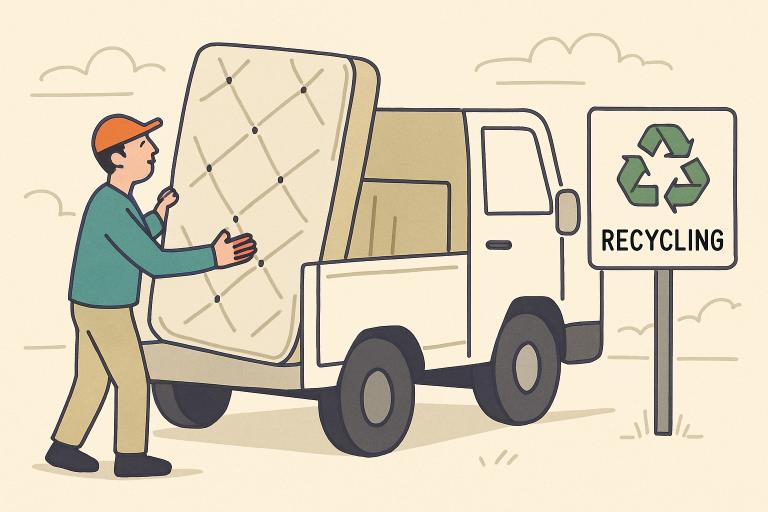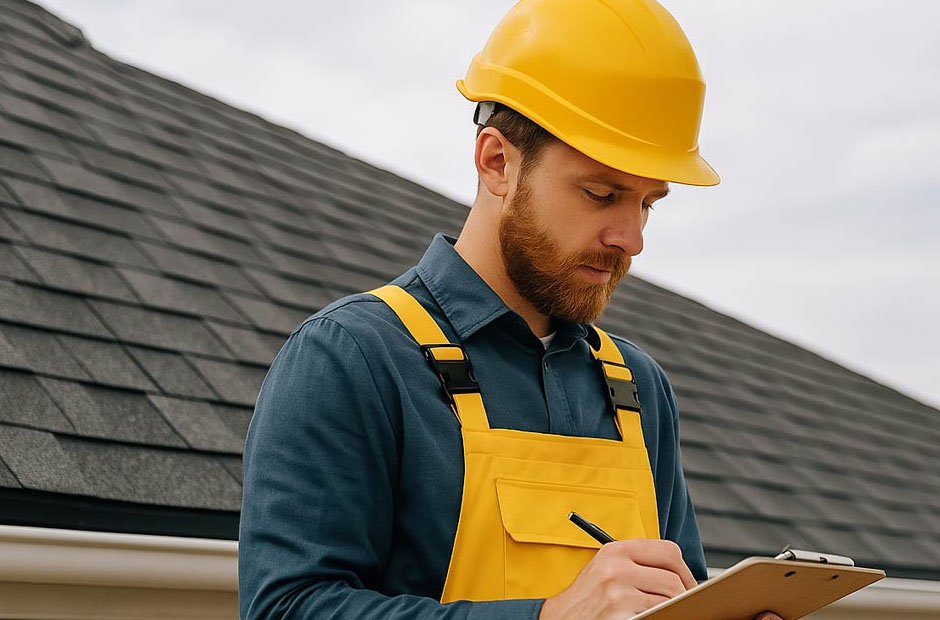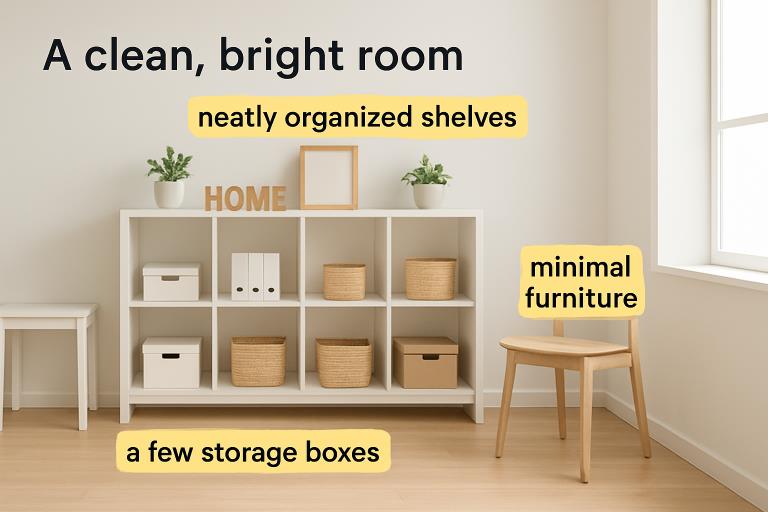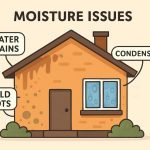Now Reading: How to Identify and Fix Roof Leak Sources
-
01
How to Identify and Fix Roof Leak Sources
How to Identify and Fix Roof Leak Sources

Key Takeaways
- Understanding the underlying causes of roof leaks can help prevent serious structural damage to your home.
- Early detection through warning signs and regular inspections can save time and repair costs.
- Proper maintenance and timely professional intervention are vital for long-term roof integrity.
Understanding Common Causes of Roof Leaks
Roofs are your home’s first defense against the elements, but even the best roofing systems can develop vulnerabilities over time. Common causes of roof leaks include deteriorating roofing materials due to age, extreme weather events like hail and wind, and faulty installation practices that expose critical areas. Sometimes, issues that seem small—such as a neglected seal or compromised shingle—can result in significant water intrusion, compromising the structure below.
Many homeowners are surprised to find how quickly these small problems can escalate, especially during heavy rainfall or snowmelt times. Regular inspections are crucial for catching these issues early. For peace of mind and expert guidance, you might consider working with trusted professionals like LEN Roofing & Remodeling, who can provide tailored solutions to your roofing needs. Ignoring initial signs of wear, such as loose shingles or granule loss, can be costly. Roof leaks often begin at weak points—valleys, chimneys, or areas where planes meet at angles—places that might not be obvious during a casual glance from the ground. Spotting these early might require climbing into your attic or using professional inspection tools.
It’s also important to know that not all leaks are due solely to weather or age.
Signs Indicating a Roof Leak
Recognizing the warning signs of a roof leak before extensive water damage occurs can spare homeowners costly repairs. Common indications of a leak include:
- Water stains on ceilings and walls:These are often yellowish or brownish rings beneath the roofline and can signal a slow leak.
- Musty odors:Damp smells, particularly after rain, could mean hidden moisture and the potential for mold growth.
- Visible mold:Mold or mildew present on walls, ceilings, or attic woodwork is a strong indication of persistent leaks.
- Dripping or tapping sounds:New sounds during or after rain indicate active leakage.
Conducting an Attic Inspection
A thorough attic inspection is one of the most effective ways to locate the source of a roof leak. Examining the attic during daylight, looking for spots where sunlight shines through the roof boards. Even small gaps may allow water to enter during storms. Feel around for damp insulation and observe for water stains or streaks tracing moisture movement.
Moldy smells, peeling paint, or warped wood further prove ongoing leaks. Attic humidity can accelerate mold growth and reduce insulation effectiveness, compounding future leak problems and increasing energy costs.
Examining Roof Flashing and Penetrations
Flashing directs water away from sensitive roof joints and penetrations. It is especially common for leaks to develop around chimneys, vent stacks, skylights, or wherever the roof meets vertical sides. During an inspection, check these areas for rusty metal, cracks, gaps in caulk, or evidence of shifting. Any break in the protective barrier can lead to water intrusion during heavy rainfall.
According to Hunker, routine checks and resealing flashing are among the most effective prevention measures for roof leaks.
Assessing Gutters and Downspouts
Gutters and downspouts are designed to efficiently carry water away from your roof and foundation. When they become clogged with debris or are misaligned, water can overflow, back up under shingles, or concentrate at the base of your walls. Regularly clear gutters of leaves and dirt, and ensure downspouts carry water several feet away from your home. Installing gutter guards can also help minimize routine maintenance and prevent accidental blockages.
Neglected gutters are a surprisingly frequent contributor to interior water damage. According to Hunker, improper drainage is one of the top overlooked causes of roof leaks and subsequent foundation issues.
Simulating Rain to Detect Leaks
If you can’t locate the source of a leak through inspection alone, simulating rain is a practical next step. Using a garden hose, soak small roof sections, starting at the lowest point and gradually moving higher. Have someone in the attic monitor for moisture as you go. This controlled approach allows you to zero in on the specific area where water is entering, helping to prevent unnecessary, widespread repairs.
When to Seek Professional Help
Some roofing repairs are straightforward for experienced DIYers, but others—especially those involving structural repairs, major flashing work, or steep roofs—require trained professionals. Contact a qualified roofing contractor if you’re dealing with repeated leaks, widespread staining, damaged decking, or if you feel uncertain about your findings. Professionals have the proper safety equipment and the experience to ensure a leak is completely resolved rather than masked temporarily.
Preventive Measures to Avoid Future Leaks
Proactive maintenance is crucial for protecting your roof against future problems. Schedule a professional inspection at least twice a year to identify vulnerable areas before they turn into leaks. Keep gutters clear, promptly replace missing or broken shingles, trim branches overhanging the roof, and ensure attic spaces are well-ventilated to reduce moisture buildup. Preventive action can lengthen your roof’s lifespan and save you from emergency repairs.
Final Thoughts
Roof leaks may start small, but their impact can be significant if left unaddressed. Homeowners can reduce the risk of costly structural damage by learning the common causes, recognizing warning signs early, and conducting routine inspections. Preventive maintenance—paired with timely professional help when needed—ensures your roof remains strong, reliable, and capable of protecting your home for years. A proactive approach safeguards your property and provides peace of mind, especially during heavy rain or severe weather.





















